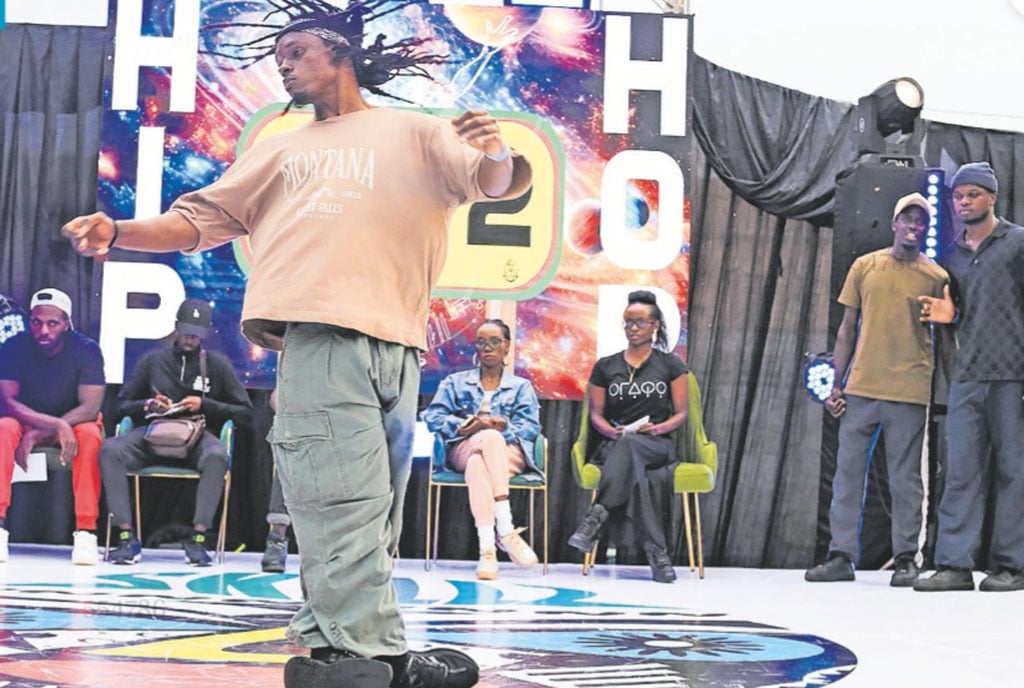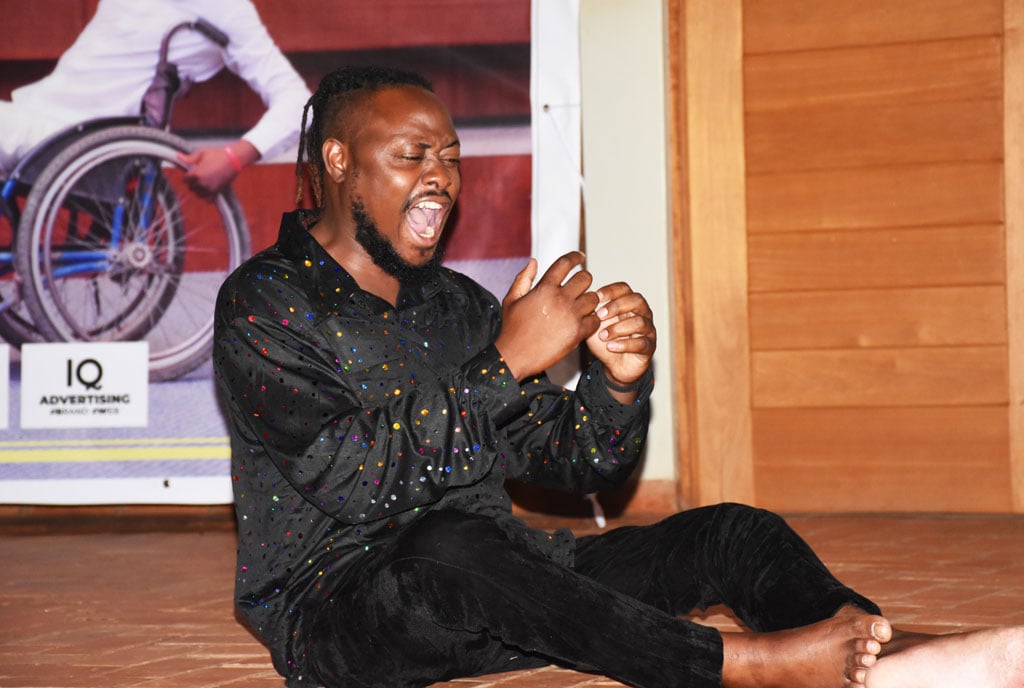Hip hop battles come alive during Skills Dance Fest

One of the dancers showcase his unique dance moves during the Skills Dance Fest. PHOTO/ANDREW KAGGWA
What you need to know:
- Skills Dance Fest brings to the fore dance crews and battle dancers from hip hop, crank, dancehall, and breakdance, among others.
- They compete in categories of dance in groups of four, until they pick an winner.
Hip hop is and has always been a sport. That has been one of the highlights of this year in the world of music. When two of the biggest rappers on the globe, Kendrick Lamar and Drake, went to battle, rap music was for the first time in years, at the helm of the billboard charts and streaming platforms.
In fact, Lamar’s Not Like Us, one of the songs from that battle, has been one of the fastest-rising rap songs on the charts, reaching a billion streams in such a short time. Besides Lamar, however, Shaboozey’s hip-hop-themed country song, A Bar Song, has been number one on the Billboard 100, becoming the first black man to chart number one on the country chart.
The point is, this has been a good year for the hip-hop culture, which made the just concluded edition of Skills Dance Fest at Design Hub in Kampala on Friday and Saturday, such a timely and relevant one.
Skills Dance Fest is a two-day event, which brings to the fore dance crews and battle dancers from all genres of the art, hip hop, crank, dancehall, and breakdance, among others. For two days, they compete in various categories of dance in groups of four, with the winners qualifying for the next round until they get to pick an actual winner.
The dancers were from various places, some coming from Kampala suburbs and slums, while others were from other countries such as Kenya, the DRC Congo, South Sudan, and Tanzania, among others.
Many of the people on stage competing were young people for whom dance is not entertainment but an expression, a way to pass on messages and communicate things they probably can't say.
The judges too were young people with massive dance reputations; whether it was Rose Atim from Roz Viccy and Cathy or Catherine Nakawesa from Clay Dance Company, their portfolios spoke for themselves. For instance, as part of Roz Viccy and Cathy, Atim is one of the most recognisable dancers whose commercial work is visible in the advertising space and the music video scenes.
Nakawesa, on the other hand, has been a choreographer on different projects, with the most recent one being the Ugandan version of the theatre production The Phantom of the Opera, where she was the choreographer.
Other judges included Joana Nambalirwa for some of the battles but later turned up as a contestant in some of the other battles.
The judges, for any dance showcase in Uganda, were a perfect mix. But the best offering were the dancers; many had registered for the competition days prior, and by the time the showdown started, they were eager to show off what they are made of.
From impromptu improvised moves to respond to challenges to very physical and demanding routines, it is surprising how far dance as an art has come; the dancers were never locked onto one genre of dance; they responded to all sounds but knew how to pay attention to what was needed of them while using other genre moves to break the monotony.
For instance, where krumping is very energetic and a bit aggressive, the dancers found ways of making some parts of it wavy, just like breakdancing. So most of the battles, even when they were Afrobeats or Afrofusion, were never completely of that genre; they were a mix. To be specific, during the Afrobeats battle, most of the dancers in battle were breaking; at some point someone did a gangster crip walking from California.
But it was the spirit of the competition and the battle, that kept much of the show in sync; most of the people at the show were happy to simply dance, which is a positive thing considering many young people are spending their day or time watching a smart phone.
After two days of competition, the wins were scattered; for example, Kenyan dancers Lucy and Acy dominated the female battles, while Bihu, one of the child dancers from the Democratic Republic of the Congo, was the toast of the children’s competition.
At the end of it all, Skils Dance Fest served what they intended: a celebration of dance and an expression for young people.




